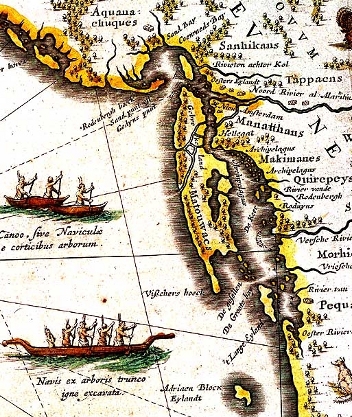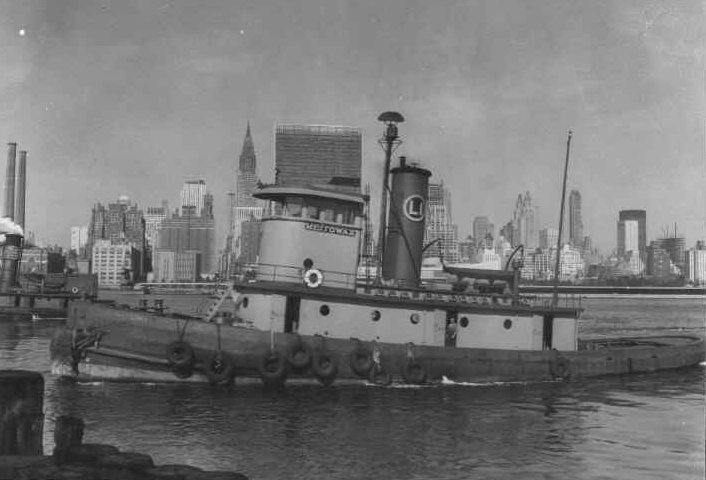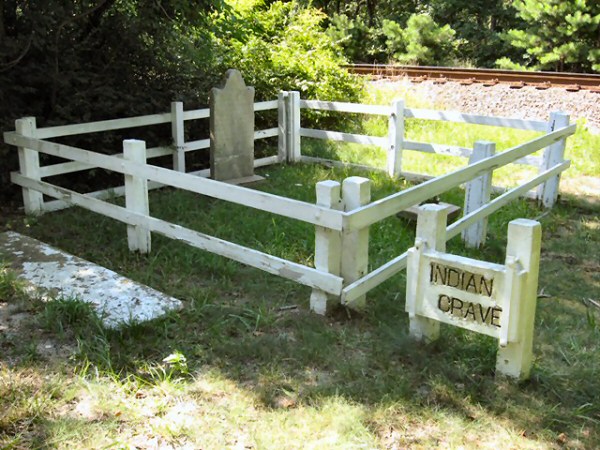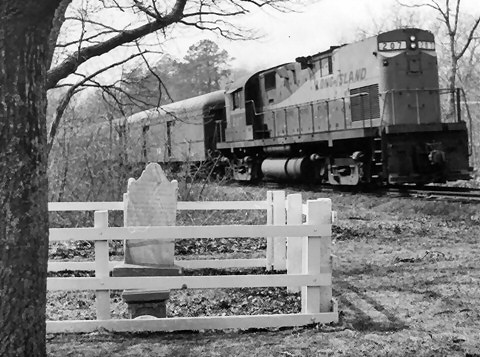by nyandw
http://www.trainsarefun.com/lirr/Native ... -names.htm
A long term "work in progress" that you folks might have additional insight. Examples:
Examples:

A Dutch map (1635) of Northeast Native territories shows the Matouwac territory of Long Island.

Matawok: (Forest Hills West): A short-lived station immediately east of the junction (Whitepot Jct.) of the Main Line and Rockaway Beach Line. Station at 66th St. Built for the Matawok Land Co. which was developing Forest Hills West. 400' wooden platforms with access by means of two spans over the Main Line and seven spans over the Rockaway Line. Opened 06/25/1922 and abandoned 07/1925 Vincent Seyfried
Meitowax Tug One of the names of Long Island derived from"the land of the periwinkle" or "country of the ear-shell"

A long term "work in progress" that you folks might have additional insight.

A Dutch map (1635) of Northeast Native territories shows the Matouwac territory of Long Island.

Matawok: (Forest Hills West): A short-lived station immediately east of the junction (Whitepot Jct.) of the Main Line and Rockaway Beach Line. Station at 66th St. Built for the Matawok Land Co. which was developing Forest Hills West. 400' wooden platforms with access by means of two spans over the Main Line and seven spans over the Rockaway Line. Opened 06/25/1922 and abandoned 07/1925 Vincent Seyfried
Meitowax Tug One of the names of Long Island derived from"the land of the periwinkle" or "country of the ear-shell"



